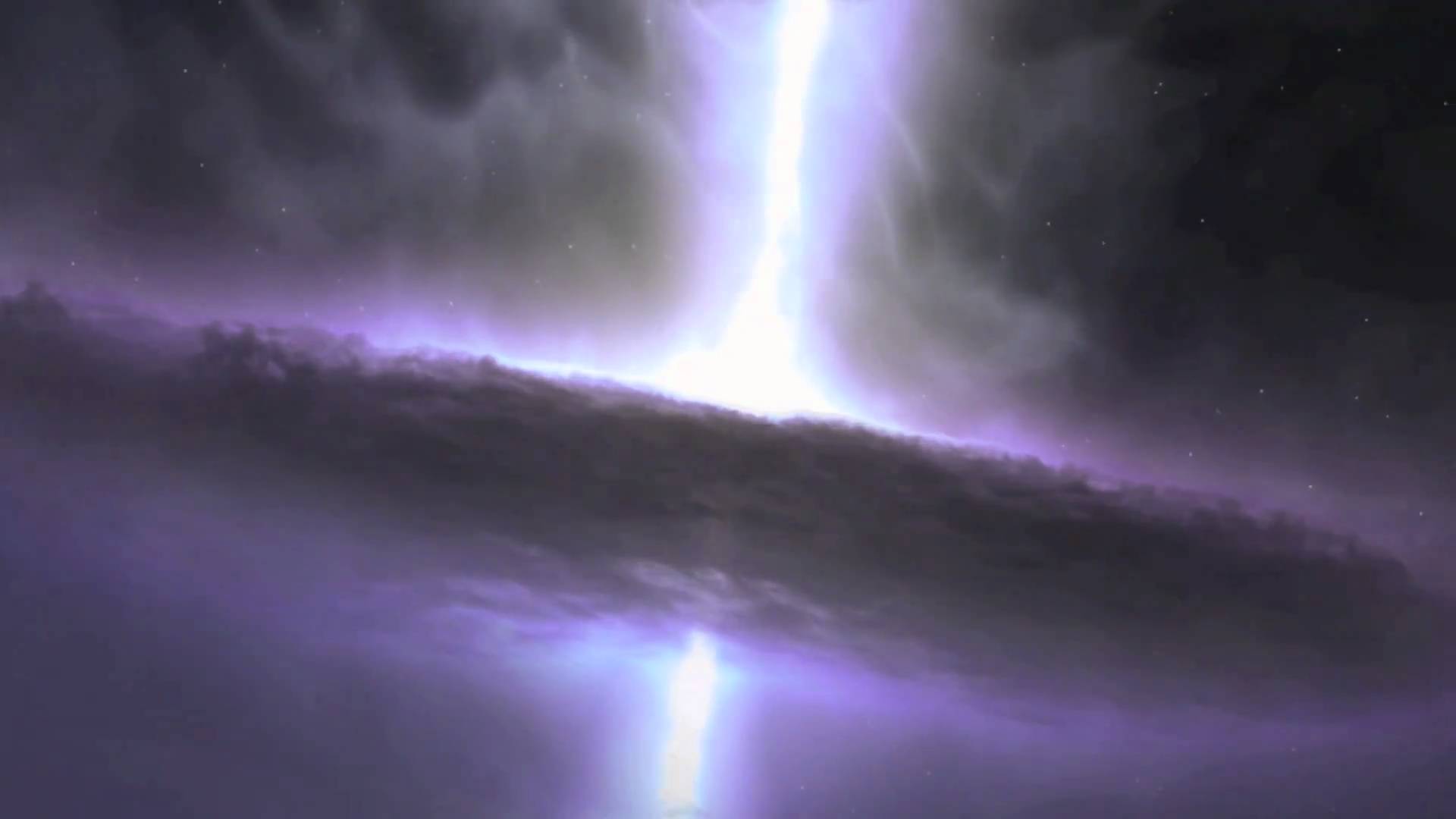This video is based on recent findings made by astronomers using the Chandra X-Ray Observatory and the Rossi X-Ray Timing Explorer of a pulsing “heartbeat” coming from the binary star-black hole system GRS-1915.
The link made to the famous Yeats poem “The Second Coming” does not reference the complex religious and historical imagery of this famous poem. Rather, it’s designed to evoke the violent rise of a cosmic monster, a black hole.
Here’s a brief analysis of the Yeats poem:
All around the universe, energy roars out of cauldrons of matter… in the form of winds… jets… shock waves. While gravity… pulling matter in, smashes and pulverizes it.
In the crucible of this epic conflict… our universe builds majestic galaxies…. stars that can shine for trillions of years… and planets that may well produce life. There are times, though, when these forces lock, and… “the ceremony of innocence is drowned.”
In the plane of our galaxy, GRS 1915 is a star with a black hole bound together by gravity. This 14 solar mass black hole is steadily drawing mass from its companion.
Two space telescopes…. the Chandra X-Ray Observatory and the Rossi X-ray Timing Explorer… recorded pulses of x-ray light… one every 50 seconds. What’s causing this strange heartbeat?
Matter swirling into the black hole forms a disk that pushes in close to the black hole’s event horizon. Gas, racing around the monster this close is thought to approach 50% the speed of light.
Heat and magnetic energy build to a critical level. “The center cannot hold.” The disk erupts… blasting some inflowing matter back into space… at a rate some 25 times greater than what the black hole can swallow. This will go on until the star is stripped bare.
“The darkness drops again.”
“And what rough beast, its hour come round at last…”

